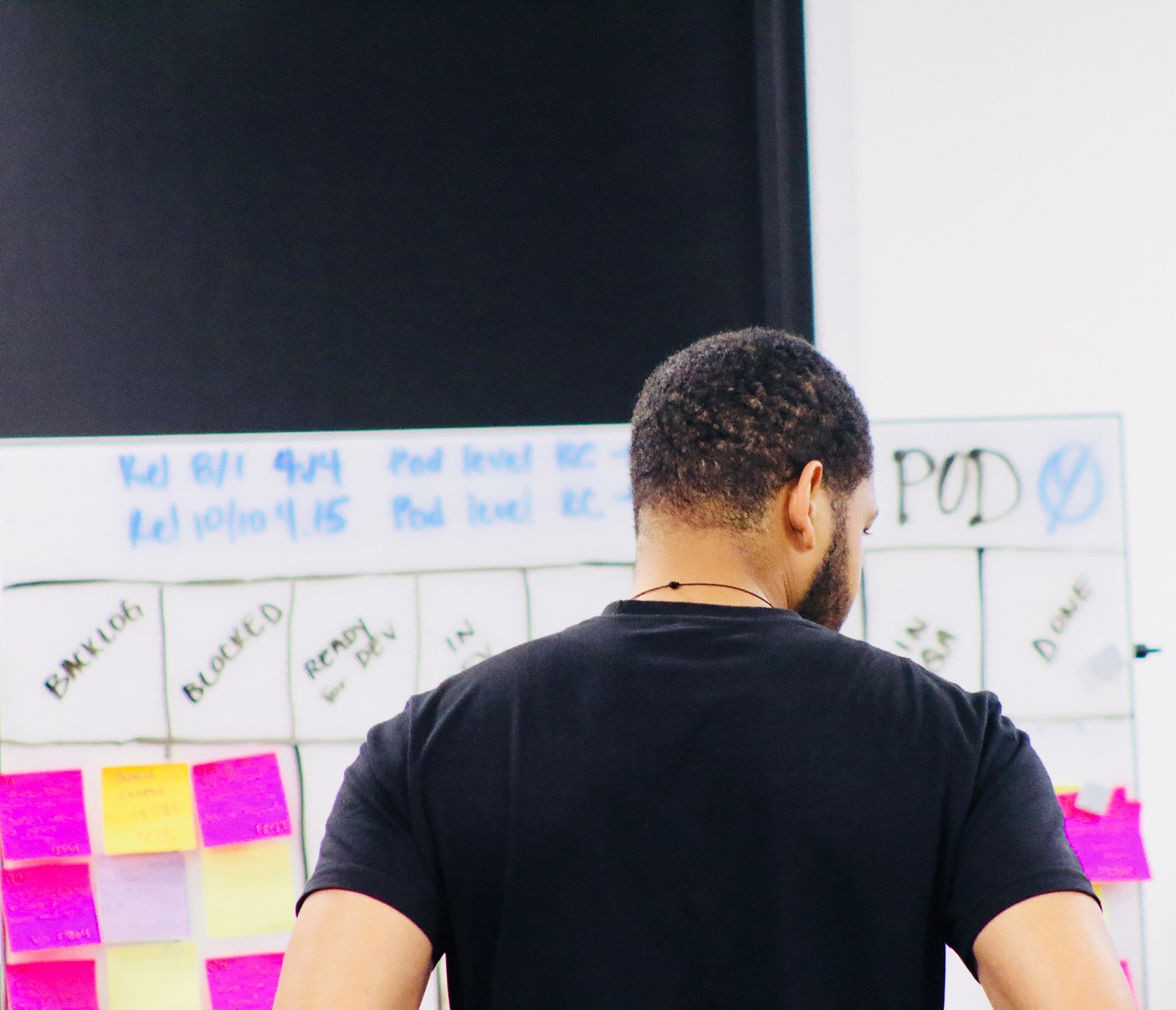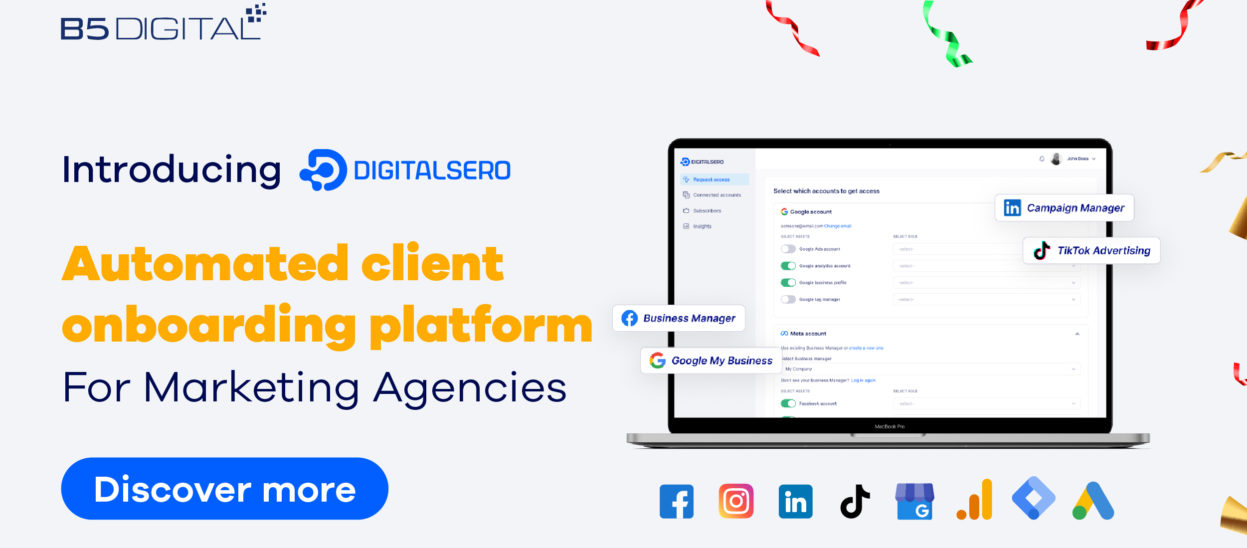A software project doesn’t just go through development. Many phases don’t involve coding, yet are essential for creating a quality software product. In this blog, we are focusing on the project discovery phase and what are the steps inside it.

What is the Project Discovery Phase?
The project discovery phase is a software development phase through which information is collected and analyzed, in order to better understand the market, the goals, the limitations and accordingly the specific scope of the project.
This can help in avoiding working on failing projects, as well as trying to make more accurate estimates for the cost and timeframe. McKinsey reports that 45% of projects exceed their originally set budget, meaning that cost estimation, for instance, isn’t that easy.
5 steps through the Project Discovery Phase
Forming a discovery team
The very first step of project discovery is to build a steam for the task. The team can include the project manager, a developer or product owner; and a UI/UX designer.
Each one of the team should have a clear role during this phase, which is clearly related to each one’s expertise.
Researching thoroughly
Research is one of the core steps of project discovery. Research can start at users, whether using surveys or direct interviews with potential users of your product.
Market and competition research are also important to understand what alternative products deliver and how you can stand out. They also give you an idea about priorities and what features among the proposed ones should make their way to the final product.
Setting clear requirements
After building a discovery team, you need to start off with putting clear requirements for the project. Through this step, communicating clearly is the most important thing.
If you are building a product for your company, you need to determine what are the expected outcomes from the product to set reasonable requirements. If you are developing it for a client, you need to communicate clearly about what they need and what to be achieved.
Setting a timeline and budget

The clear requirements you have set and the priorities of features to be built can help you set a clear timeline and budget for the project.
To be great at estimating time and budget, you need to allocate resources smartly. Of course, experience can help much here.
Documenting and agreeing on a plan
After having a timeline and a budget, you can agree with your team, and your client if there is one, on the development strategy. Having everything through each of the previous phases documented, organized and accessible is definitely helpful.
During development, you don’t need to stick 100% to this plan, even if anything unexpected happens. Having a plan is critical, yet you can always use the growing analytics like user feedback to assess your steps and amend your plan when needed.
Still have any questions about project discovery? Let us know and we can definitely help.




